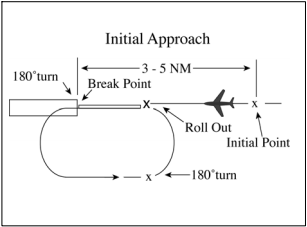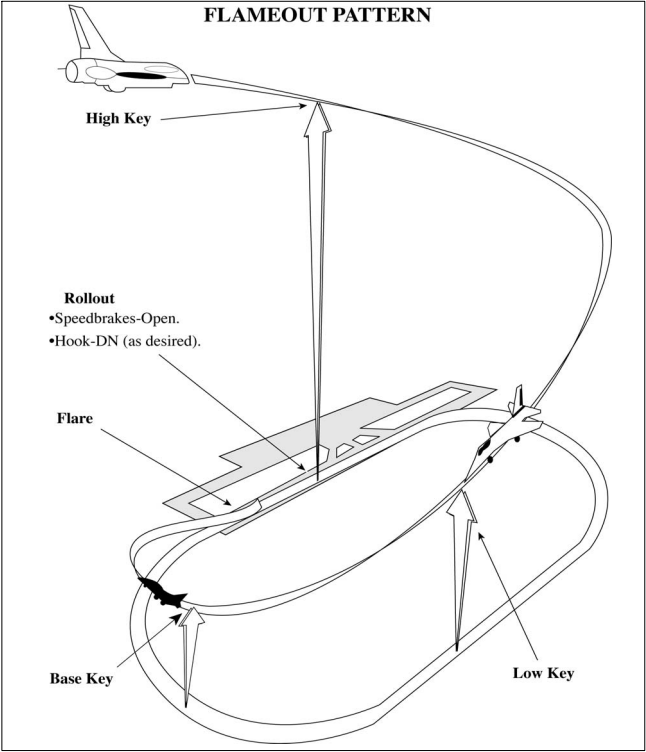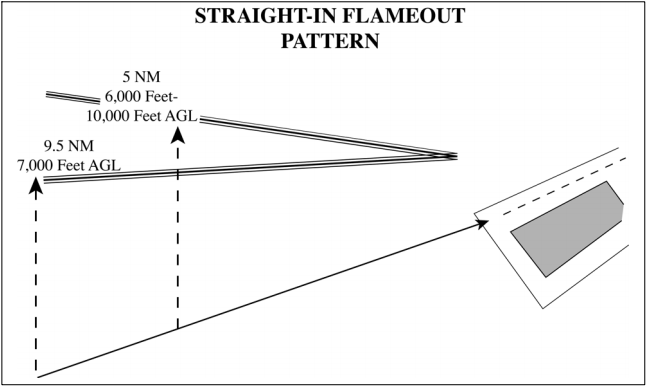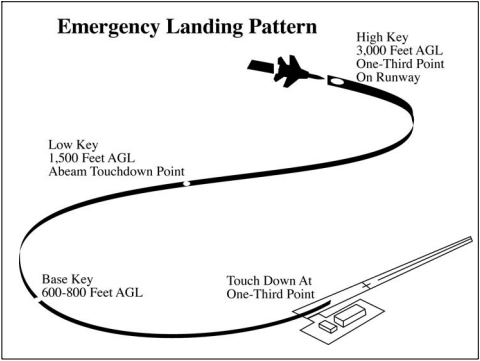

1. Overhead Maneuver
Pilots operating in accordance with an IFR flight plan in Visual Meteorological Conditions (VMC) may request ATC authorization for an overhead maneuver. An overhead maneuver is not an instrument approach procedure. Overhead maneuver patterns are developed at airports where aircraft have an operational need to conduct the maneuver, although on VATSIM, overhead maneuver may be approved at any airport as long as it won’t result in deterioration of services to other users. An aircraft conducting an overhead maneuver is considered to be VFR and the IFR flight plan is cancelled when the aircraft reaches the initial point on the initial approach portion of the maneuver. (See image below.)

The existence of a standard overhead maneuver pattern does not eliminate the possible requirement for an aircraft to conform to conventional rectangular patterns if an overhead maneuver cannot be approved. If requested by pilot, controllers should authorize an overhead maneuver whenever possible, and issue the following to arriving aircraft:
a. Pattern altitude and direction of traffic. Omit either or both if standard or when you know the pilot is familiar with a nonstandard procedure.
PHRASEOLOGY-
PATTERN ALTITUDE (altitude). RIGHT TURNS.
b. Request for report on initial approach.
PHRASEOLOGY-
REPORT INITIAL.
c. “Break” information and request for pilot report. Specify the point of “break” only if nonstandard. Request the pilot to report “break” if required for traffic or other reasons.
PHRASEOLOGY-
BREAK AT (specified point). REPORT BREAK.
EXAMPLE-
“Air Force Three Six Eight, Runway Six, wind zero seven zero at eight, pattern altitude six thousand, report initial.”
“Air Force Three Six Eight, break at midfield, report break.”
“Air Force Three Six Eight, cleared to land.”
“Alfa Kilo Two Two, Runway Three One, wind three three zero at one four, right turns, report initial.”
“Alfa Kilo Two Two, report break.”
“Alfa Kilo Two Two, cleared to land.”
d. Timely and positive controller action is required to prevent a conflict when an overhead pattern could extend into the path of a departing or a missed approach aircraft.
{Reference: FAAO 7110.65 3-10-12 “Overhead Maneuver,” AIM 5-4-26 “Overhead Approach Maneuver.”}
2. Simulated Flameout (SFO) Approaches/Emergency Landing Pattern (ELP) Operations/Practice Precautionary Approaches
Simulated Flameout (SFO) Approach is a practice approach by a jet aircraft (normally military) at idle thrust to a runway. The approach may start over a runway (high key) and may continue on a relatively high and wide downwind leg with a continuous turn to final. It terminates in landing or low approach. The purpose of this approach is to simulate a flameout.


Emergency Landing Pattern (ELP) is a 360º overhead pattern designed to position the aircraft for landing when the possibility of a power loss exists or no power is available. Hence, the emergency landing pattern is utilized for both actual or simulated Precautionary Emergency Landing and actual or simulated Forced Landings.

Precautionary Landing is a premeditated landing, on or off an airport, when further flight is possible but inadvisable. Examples of conditions that may call for a precautionary landing include deteriorating weather, being lost, fuel shortage, and gradually developing engine trouble.
Forced Landing is an immediate landing, on or off an airport, necessitated by the inability to continue further flight. Atypical example of which is an airplane forced down by engine failure.
In the real world, practice precautionary/SFO/ELP approaches are authorized only for specific aircraft, or any aircraft when engine failure is considered possible. On VATSIM, there’s no such restrictions, and controllers should assist the aircraft requesting practice precautionary/SFO/ELP approaches to the best extent possible.
The following procedures apply:
a. Authorize military aircraft to make SFO/ELP/practice precautionary approaches if the following conditions are met:
1. Traffic information regarding aircraft in radio communication with or visible to tower controllers which are operating within or adjacent to the flameout maneuvering area is provided to the SFO/ELP aircraft and other concerned aircraft.
2. The high-key altitude or practice precautionary approach maneuvering altitudes of the aircraft concerned are obtained prior to approving the approach.
NOTE-
1. SFO/ELP approaches generally require high descent rates. Visibility ahead and beneath the aircraft is greatly
restricted. This may preclude controllers from assigning visual separation to a pilot practicing such an approach.
2. Pattern adjustments for aircraft conducting SFOs and ELPs may impact the effectiveness of SFO and ELP
training. Hence, avoid issuing instructions that will require such an aircraft modify its flight path.
b. For overhead SFO/ELP approaches:
1. Request a report at the entry point.
PHRASEOLOGY-
REPORT (high or low) KEY (as appropriate).
2. Request a report at low key.
PHRASEOLOGY-
REPORT LOW KEY.
3. At low key, issue low approach clearance or alternate instructions.
c. For straight-in simulation flameout approaches:
1. Request a position report from aircraft conducting straight-in SFO approaches.
PHRASEOLOGY-
REPORT (distance) MILE SIMULATED FLAMEOUT FINAL.
2. At the appropriate position on final (normally no closer than 3 miles), issue low approach clearance or alternate instruction.
{Reference: FAAO 7110.65 3-10-13 “Simulated Flameout (SFO) Approaches/Emergency Landing Pattern (ELP) operations/Practice Precautionary Approaches.”}